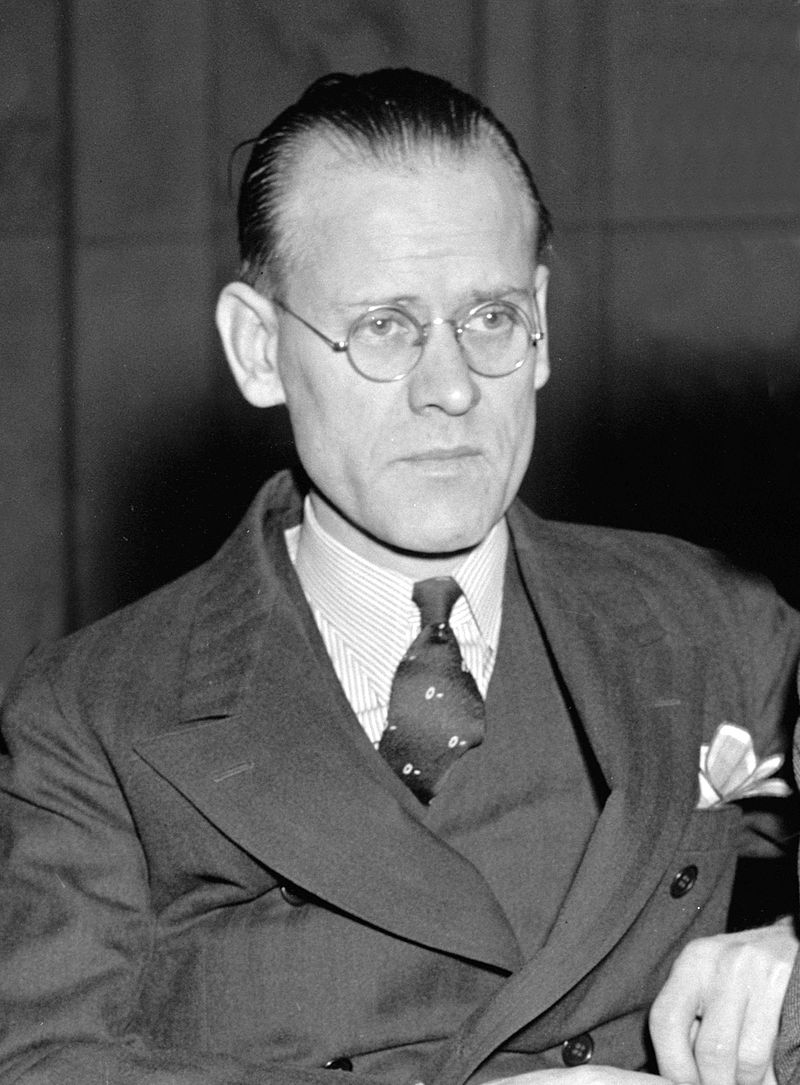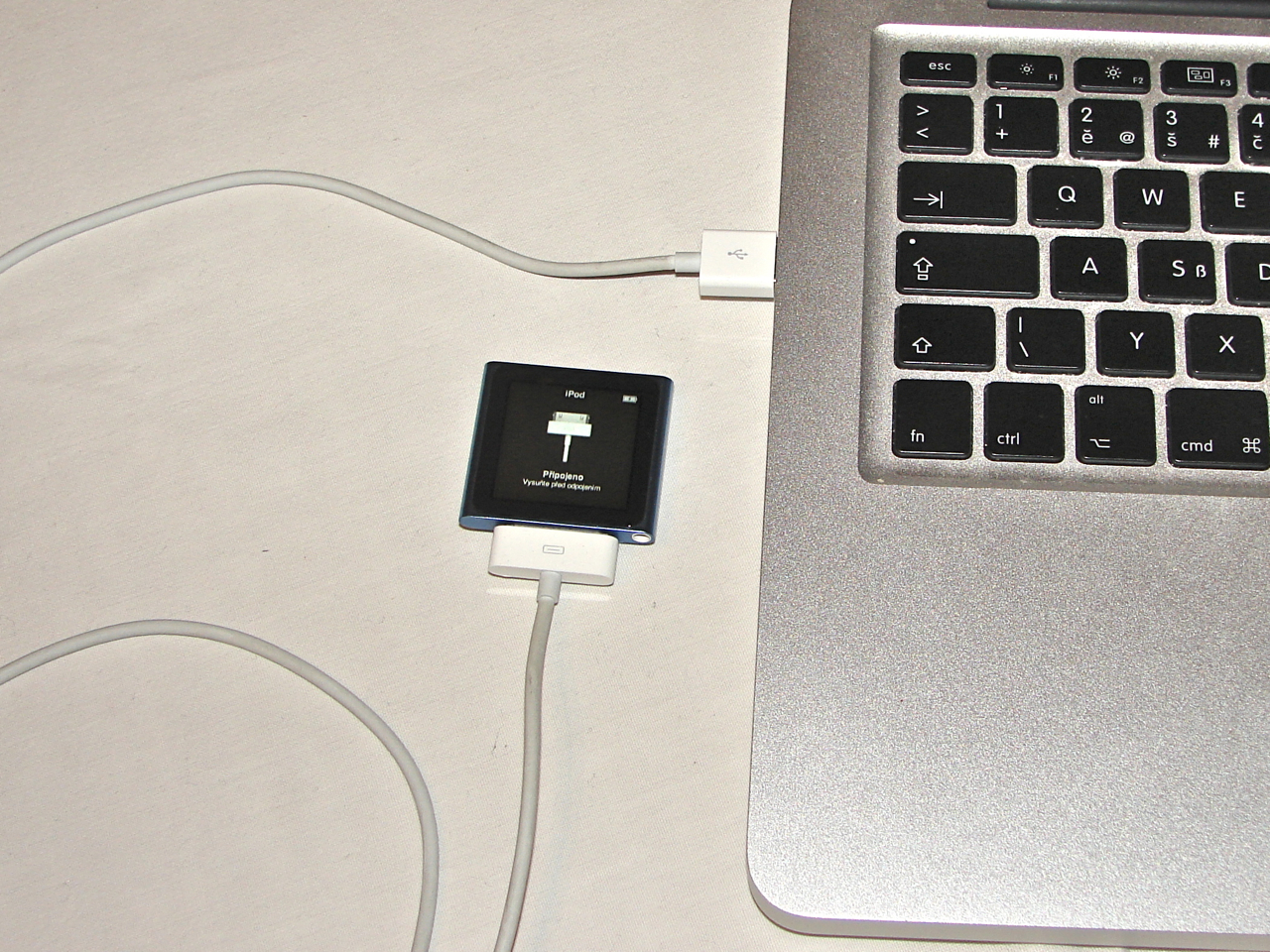For many years now, September has been the month in which Apple presents its new hardware products - that's why the parts of our "historical" series will be rich in events related to the Cupertino company. But we will not forget about other important events in the field of technology - today it will be, for example, electronic television.
It could be interest you

Introducing the iPhone 7 (2016)
On September 7, 2016, Apple introduced the new iPhone 7 at its traditional Fall Keynote at the Bill Graham Civic Auditorium in San Francisco. It was the successor to the iPhone 6S, and in addition to the standard model, the apple company also introduced iPhone 7 Plus models. Both models were characterized by the absence of the classic 3,5 mm headphone jack, the iPhone 7 Plus was also equipped with a dual camera and a new portrait mode. Sales of smartphones began in September and October of the same year, and were succeeded by the iPhone 8 and iPhone 8 Plus. "Seven" was removed from the offer of the official online Apple Store in October 2019.
Introducing the iPod Nano (2005)
On September 7, 2005, Apple introduced its media player called the iPod Nano. At that time, Steve Jobs pointed to a small pocket in his jeans at a conference and asked the audience if they knew what it was for. The iPod Nano was truly a pocket player – the dimensions of its first generation were 40 x 90 x 6,9 millimeters, the player weighed only 42 grams. The battery promised to last for 14 hours, the display resolution was 176 x 132 pixels. The iPod was available in variants with a capacity of 1GB, 2GB and 4GB.
Electronic Television (1927)
On September 7, 1927, the first fully electronic television system was introduced in San Francisco. The operation of the device was demonstrated by Philo Taylor Farnsworth, who is still considered the inventor of the first electronic television. Farnsworth then managed to encode the image into a signal, transmit it using radio waves and decode it back into an image. Philo Taylor Farnsworth has about three hundred different patents to his credit, he helped develop, for example, the nuclear fuser, other of his patents significantly helped in the development of the electron microscope, radar systems or flight control devices. Farnsworth died in 1971 of pneumonia.





